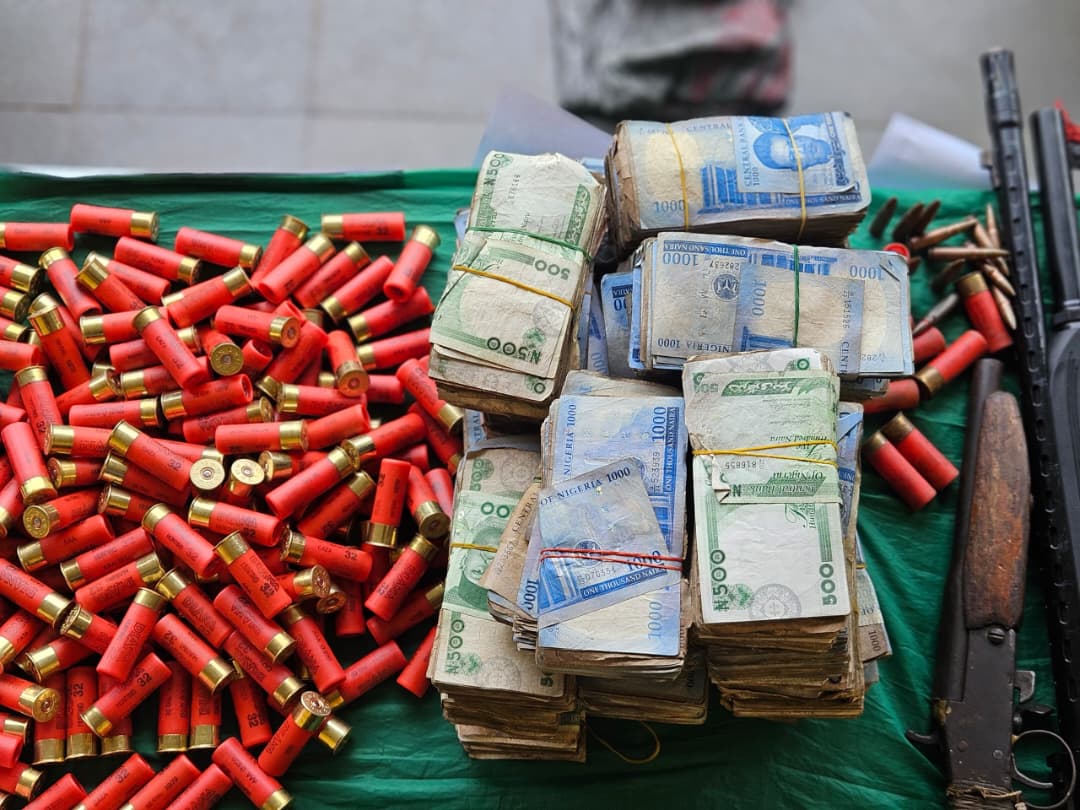During the conclave starting on Wednesday, cardinals will gather in the Sistine Chapel to elect a successor to Pope Francis.
Here is a step-by-step breakdown of the process:
Preparations
– There will be 133 cardinal electors — those aged under 80 — after two withdrew for health reasons.
– During the conclave, they are housed in the Santa Marta guesthouse inside the Vatican.
– On Wednesday, the first day of the conclave, the cardinal electors will take part in a morning mass at 10:00 am (0800 GMT) in St Peter’s Basilica at the Vatican.
– Each wearing their scarlet cassock covered by a white rochet and scarlet mozetta (short cape), with a pectoral cross with a red and gold cord and a ring, they will gather in the Pauline Chapel of the Apostolic Palace for a prayer at 4:30 pm (1430 GMT).
– They will then proceed to the Sistine Chapel, where the election will be held and which will have been swept for secret recording devices.
– The cardinal electors take an oath promising not to reveal the secrets of the conclave, on pain of excommunication.
– The master of ceremonies — technically the master of pontifical liturgical celebrations, prelate Diego Ravelli — gives the order “extra omnes” (“everybody out”) and all those not permitted to vote leave the Sistine Chapel.
– The Italian cardinal Raniero Cantalamessa, who is over the age to vote, will say the spiritual meditation, and then leave the chapel with Ravelli.
Election
– Lots are drawn to select three cardinals to serve as “scrutineers”, three “infirmarii” to collect the votes of cardinals who fall ill during the conclave, and three “revisers” who check the ballot counting by the scrutineers.
– Cardinals are given rectangular ballots inscribed at the top with the words “Eligo in Summum Pontificem” (“I elect as Supreme Pontiff”) and a blank space underneath.
– Electors write down the name of their choice for pope, preferably in handwriting not easily identified as their own, and fold the ballot twice. It is in theory forbidden for cardinals to vote for themselves.
– Each cardinal walks to the altar, carrying his vote in the air so it is clearly visible, and says aloud the following oath: “I call as my witness Christ the Lord, who will be my judge, that my vote is given to the one who before God I think should be elected.”
– He then places his folded paper on a plate, which is tipped to send it into a silver urn on the altar, in front of scrutineers. Each cardinal then bows and returns to his seat.
– Those cardinals unable to walk, instead hand their vote to a scrutineer, who drops it in the urn for them.
– If there are cardinals too sick to vote, the infirmarii collect their ballots from their bedsides — and may even write the name of the candidate for them if necessary — in a special locked urn and bring them back to the chapel.
– Once all ballots are collected, scrutineers shake the urn to mix the ballots, transfer them into a second container to check there are the same number of ballots as electors, and begin to count.
– Two scrutineers note down the names while a third reads them aloud, piercing the ballots with a needle through the word “Eligo” and stringing them together. The revisers then double-check that the scrutineers have not made any mistakes.
– If no one has secured two-thirds of the votes, there is no winner and the electors move straight to a second round.
– With the exception of the first day, when there is just one vote, the cardinals hold four votes per day. There are two each in the morning and afternoon until a pope is selected. After three days without a name, voting is paused for a day, to give time for prayer and dialogue, before the process resumes.
– At the end of each morning and afternoon session, the ballots and any handwritten notes made by the cardinals are destroyed and burnt in a stove in the chapel, which emits black smoke. If a vote results in the election of a pope, the ballots are immediately burned, with white smoke signalling the new pope. The smoke turns black or white through the addition of chemicals.
– When a cardinal is elected pope, the master of ceremonies and other non-electors are brought back into the Sistine Chapel and the dean of the College of Cardinals, Giovanni Battista Re, asks the winner: “Do you accept your canonical election as Supreme Pontiff?” As soon as he gives his consent, he becomes pope.






